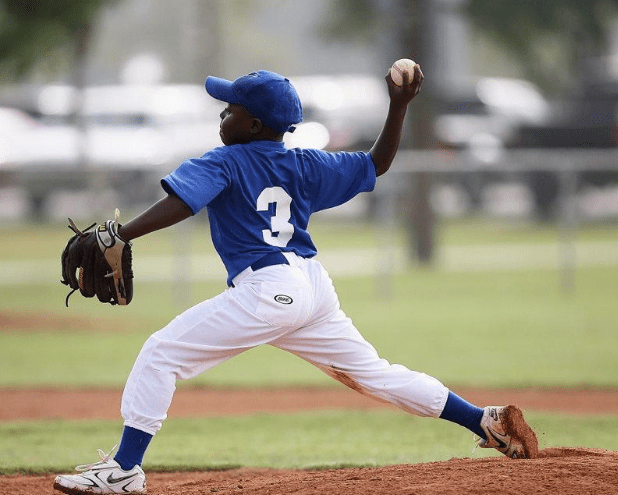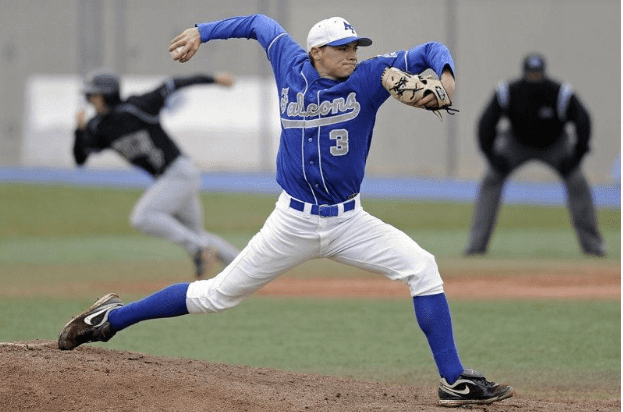Baseball – America’s favorite pastimes. It’s both thrilling to watch and play, and rightfully so – home runs, stolen bases, and 90+ mph pitches… I could go on and on.
However, with all the excitement that baseball brings, comes at a price – a litany of injuries and pain, owing to the repetitive nature of the sport.
Back pain is especially prevalent among Minor and Major League players, but now, even children who play little league and kids in high school are susceptible, benched with game-missing injuries. So, how can we prevent this?
A study involving 270 Minor and Major League Baseball Players found that over 25% of them had suffered spondylolysis (spinal fracture) or spondylolisthesis (spinal instability) at some point in their careers.
The study also showed that these injuries were caused by overuse that’s as a result of pitching, as it forcefully extends the lower back.
“Over my years working with many young athletes, it has become commonplace for youth players to suffer from back pain at some point,” says Andrew, a coach, and writer at https://thebatnerds.com
That being said, players returned to the field within roughly 3 months of correct diagnosis and treatment. Most cases of back pain go away after a short amount of therapy. Additionally, exercising and stretching strengthen the lower back and abdominal muscles alleviates pain. Players on the road to recovery should steer clear of activities that place any unnecessary additional stress on the back.
However, should the pain become so unbearable that it limits the rapid movement so prevalent in baseball, you should see your doctor immediately to diagnose what’s causing the pain, then treat it accordingly.
When Do Injuries Occur?

More players sustain injuries during game days rather than during practice, as players tend to play more aggressively. But since players spend more time at practice than in game day situations, injuries during training are also quite common.
What Can Coaches, Parents & Athletes Do About It?
Coaches & Parents
- Coaches should ensure that players take part in age-appropriate conditioning programs that help to build strength and endurance.
- Coaches need to ensure that players learn correct pitching techniques. They can learn how to throw a curveball here, as if it is done improperly it could potentially cause an injury owing to the stress placed on the forearm. Coaches should be especially careful because teaching proper throwing mechanics is a lot harder before the age of 13 or 14.
- Demand that all coaches are certified to teach youth players throwing and sliding fundamentals early on to prevent injuries.
- Parents, make sure that all equipment that you buy fits correctly is in good shape, and conforms to required standards such as NOCSAE or CSA.
- For youth players under 10 years of age, ensure you use a pitching machine, or batting tee to prevent overuse injuries. Click here to find the best pitching machine.
- Coaches need to ensure that players adhere to safe pitch counts and make sure that players are getting enough rest in between pitches. They should closely monitor and control how many balls are thrown in an outing. The recommended number is around 30-40 during a practice session, and about 80-100 pitches in an actual game. This means being aware of “Little League Elbow,” its causes, and how to prevent it.
Players
- Do your core exercises! Core exercises give the body the provides stability for our spine and allows the body to cope with the explosive movements that baseball requires efficiently.
- In baseball, throwing is a crucial skill. However, the benefits of learning proper throwing are often understated. Incorrect throwing mechanics may lead to serious injury in the form of muscle tears, and over-rotation of the spine. For this reason, players should aim to master proper throwing techniques.
- Stretching before engaging in any rigorous physical activity is extremely important and recommended. Perform an intense warm-up session before starting a game. The warm-up will target core muscle groups used in that sport. Your warm-up should include:
- Increasing blood circulation in the muscles by performing natural movements (such as brisk walking, swinging the baseball bat)
- Stretching to target back muscles, hamstrings, and quads







